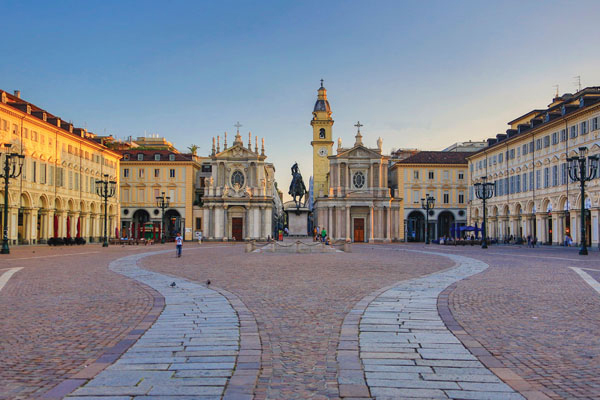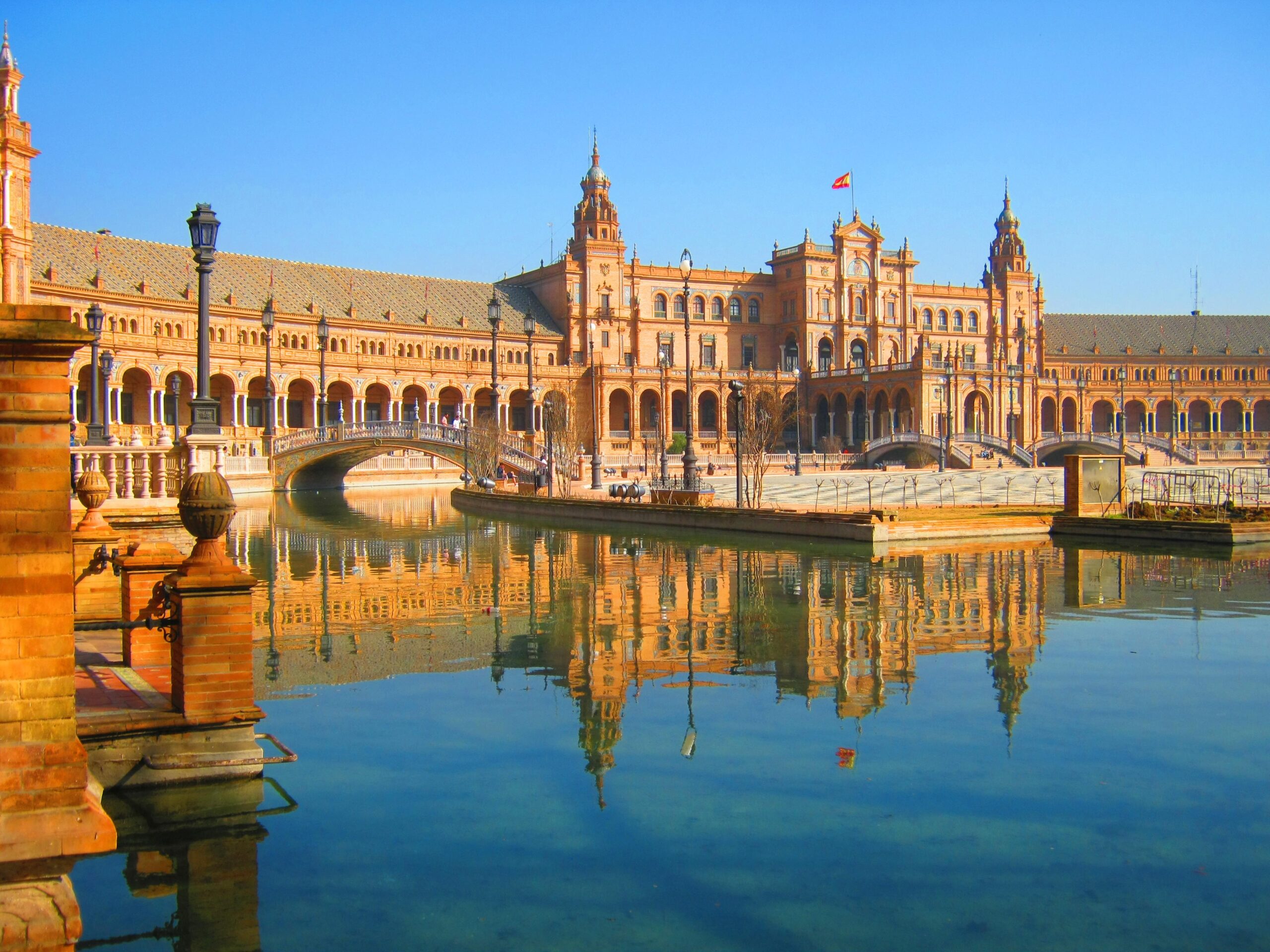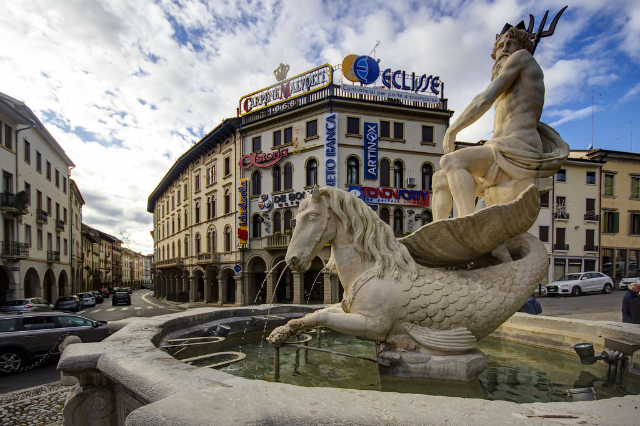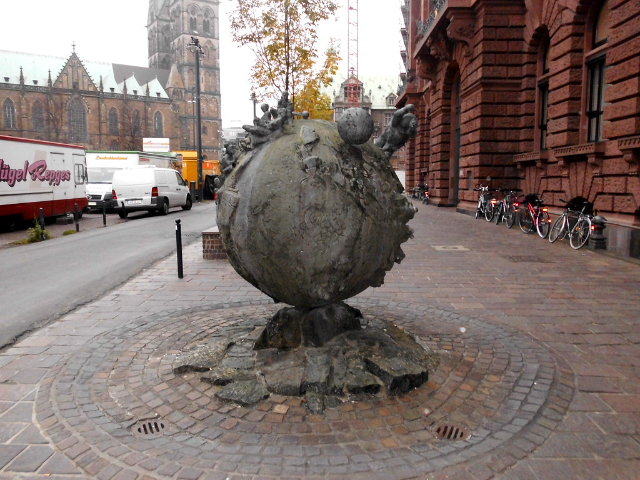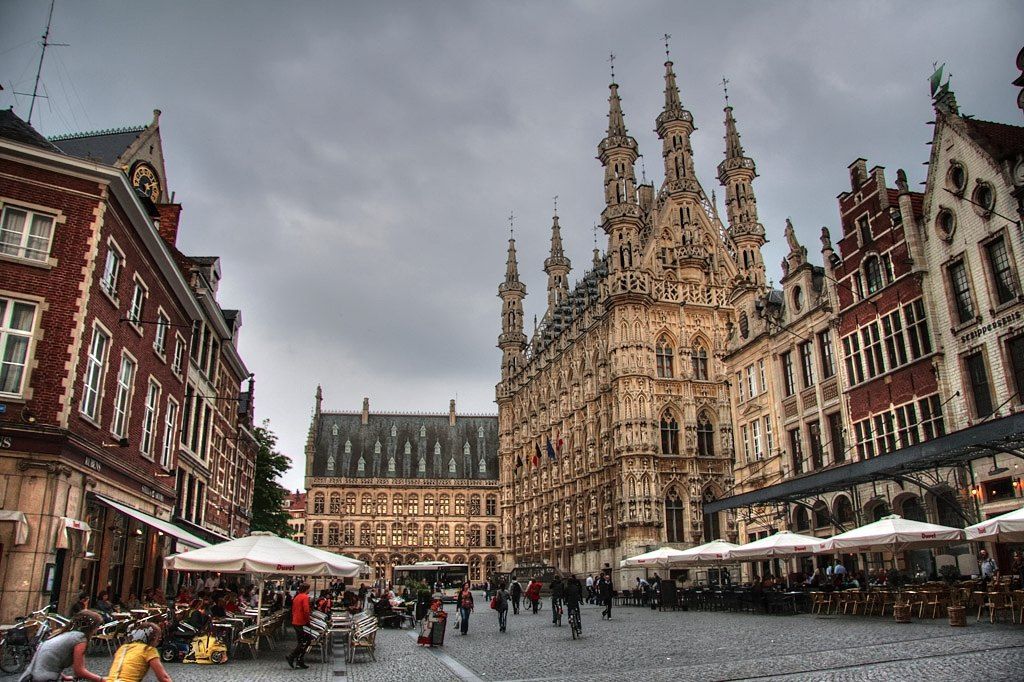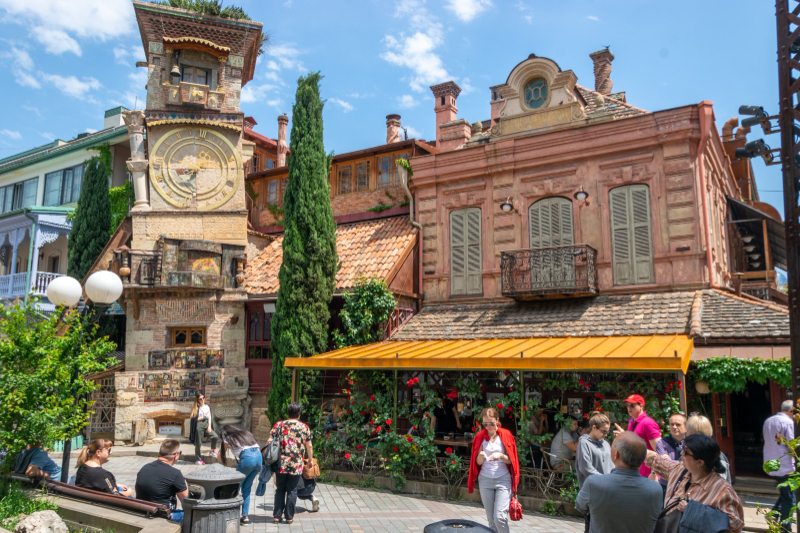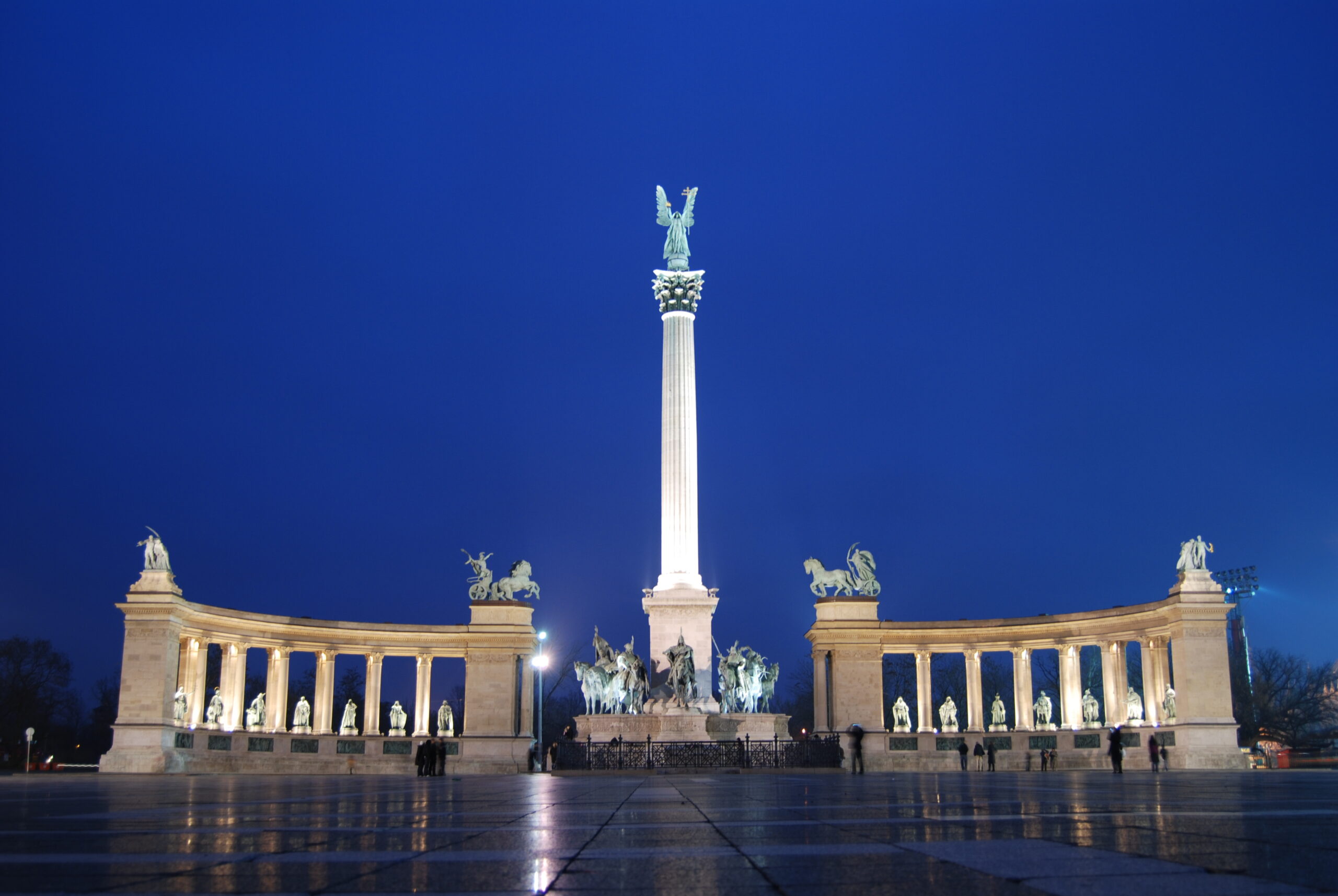Several names were given to the square over the centuries: it was first Piazza Reale, then Piazza d’Armi and Place Napoléon during the Napoleonic period.
The history of Piazza San Carlo is intertwined with the vicissitudes of the Savoy family. The square was, in fact, inaugurated in 1638 and represented the desire of the Duke of Savoy to expand the city towards the south, after Turin became the capital of the kingdom. On the square, rectangular in shape, there are still many places of interest: in the center there is an equestrian statue of Emanuele Filiberto, while, on the south side of the square, there are the two twin churches in baroque style, that of Santa Cristina built in 1639 and that of San Carlo of 1619.
Just in this square, in 1773, the famous writer Vittorio Alfieri bought a house, in which he later established a society inspired by Voltaire together with some companions of the Academy.
It is not only its beauty that makes Piazza San Carlo famous, but above all the important social role it played since its creation. On the perimeter of the square there are, in fact, several cafes, places where typically intellectuals and men of culture, but also nobles and royalty, used to meet to discuss, in particular, political matters. Very famous is, certainly, the Caffé San Carlo, but also the Caffé Torino and the Neuv Caval’d Brôns.
